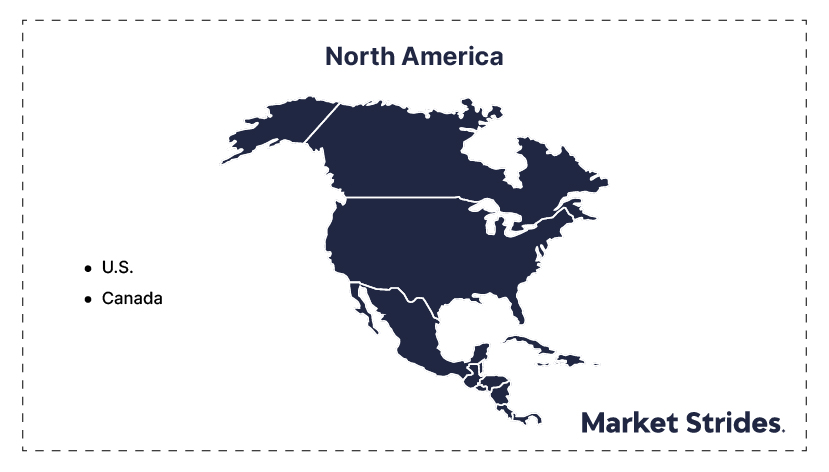The North America commercial airport lighting market size was valued at USD 254.32 million in 2024 and is estimated to reach USD 420.27 million by 2033, growing at a CAGR of 5.74% during the forecast period (2025–2033). Government initiatives and investments in airport expansion projects across the U.S. and Canada are fueling the adoption of advanced lighting technologies, such as LED systems, which offer energy efficiency and lower maintenance costs.
Commercial airport lighting refers to the specialized illumination systems used in airports to ensure safe and efficient operations for aircraft, ground vehicles, and personnel. These systems include runway and taxiway lights, approach and landing lights, apron lighting, and terminal lighting. Designed to enhance visibility in various weather conditions, airport lighting follows strict aviation regulations to guide pilots during takeoff, landing, and taxiing. Advanced technologies, such as LED lighting and automated control systems, improve energy efficiency and reliability, reducing operational costs.
The increasing demand for air travel and continuous airport expansion in North America are major factors driving the market. Airports are focusing on enhancing their infrastructure with advanced lighting systems to improve safety, operational efficiency, and passenger experience.
Such developments drive demand for energy-efficient LED and smart lighting solutions, ensuring compliance with aviation safety regulations and sustainability goals.
The high upfront costs associated with installing advanced systems pose a significant challenge for North America commercial airport lighting market growth. Transitioning to energy-efficient LED and smart lighting solutions requires substantial investment in infrastructure, technology, and labor. Smaller airports, in particular, may struggle to allocate the necessary budget for modernization.
Moreover, retrofitting existing lighting systems can be complex and costly due to compatibility issues with older airport infrastructure. While long-term savings in energy consumption and maintenance offset these costs, the initial financial burden can delay adoption, limiting the widespread implementation of advanced airport lighting solutions across North America.
The adoption of IoT and automation in airport lighting presents significant growth opportunities in North America. Smart lighting systems with IoT-enabled sensors allow real-time monitoring, remote operation, and automated adjustments based on weather conditions and traffic flow, enhancing efficiency and sustainability.
Such advancements help airports lower operational costs, improve safety, and align with sustainability initiatives, making IoT-based lighting a key market opportunity.
| ATTRIBUTES | DETAILS |
|---|---|
| Study Period | 2021-2033 |
| Historical Year | 2021-2024 |
| Forecast Period | 2025-2033 |
| By Type |
|
| By Technology |
|
| By Position |
|
| Regional Insights |
|
The runway lighting system dominates the commercial airport lighting market due to the region's high air traffic volume and stringent safety regulations. Major airports like JFK, LAX, and O’Hare rely on advanced runway lighting to ensure safe takeoffs and landings, especially under poor visibility conditions. The growing adoption of LED-based runway lighting further strengthens its dominance by offering energy efficiency, longer lifespan, and compliance with FAA standards, making it a crucial investment for airport authorities.
LED lighting leads the market in North America as airports shift towards sustainable and cost-effective lighting solutions. LED technology offers superior energy efficiency, reduced maintenance costs, and enhanced visibility compared to traditional lighting systems. Airports such as Hartsfield-Jackson Atlanta International and Dallas/Fort Worth International have increasingly adopted LED lighting to meet energy reduction targets and enhance operational safety. Moreover, government initiatives promoting green airport infrastructure further drive the widespread adoption of LED lighting systems.
Elevated airfield lights hold the largest market share due to their critical role in guiding pilots during landings, takeoffs, and taxiing. These lights provide clear visual cues in various weather conditions, ensuring safety and efficiency in airport operations. Major international airports, including Toronto Pearson and Chicago O’Hare, prioritize elevated lighting solutions to comply with FAA and ICAO regulations. The shift toward high-intensity LED-based elevated airfield lights further enhances their dominance by improving visibility and durability.
The market is driven by increasing investments in airport infrastructure across the U.S., Canada, and Mexico. Each country is focusing on upgrading lighting systems to improve energy efficiency, safety, and operational reliability. In the United States, major airport modernization projects are fueling demand for advanced lighting solutions.
In Canada, airports are also adopting innovative lighting solutions to enhance sustainability. Toronto Pearson International Airport has implemented adaptive LED lighting, which adjusts illumination based on environmental conditions, reducing energy use by up to 60%. Meanwhile, Vancouver International Airport has installed automated airfield lighting systems that enhance safety by adjusting brightness in low-visibility conditions.
In Mexico, airport expansion projects such as the Felipe Ángeles International Airport (AIFA) in Mexico City are incorporating advanced lighting technologies to improve nighttime operations and ensure compliance with international safety standards.

Request Table of Contents (TOC), Please Fill below form



